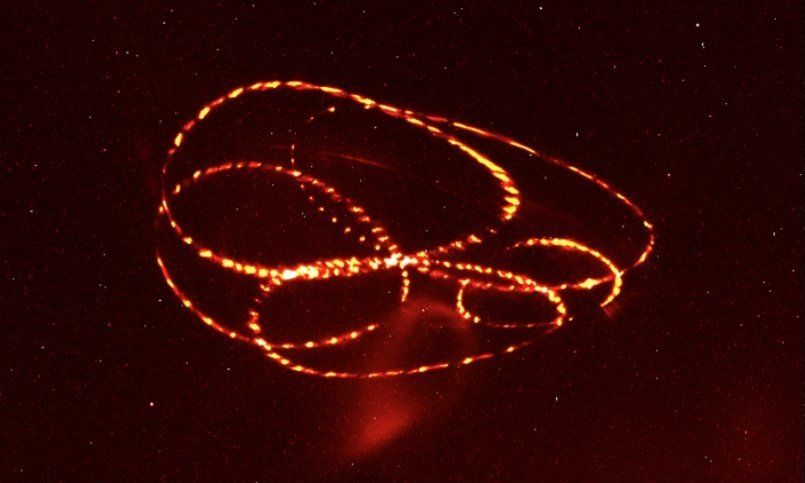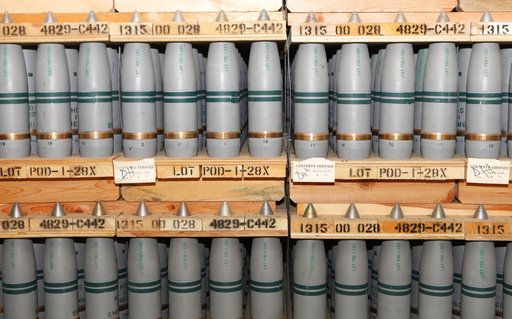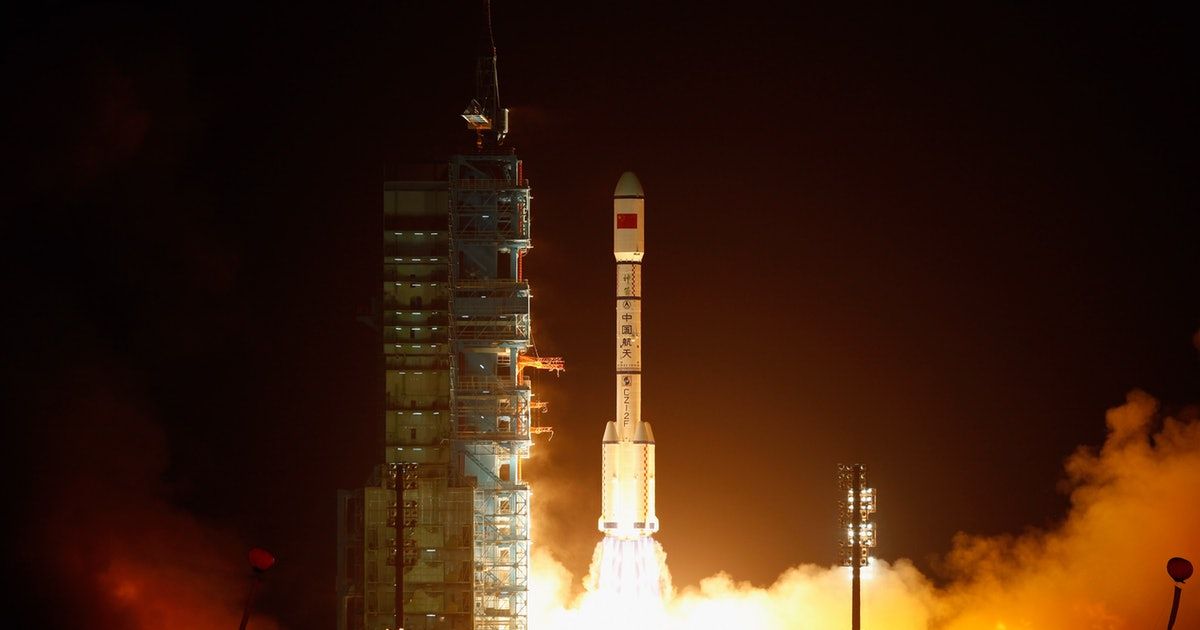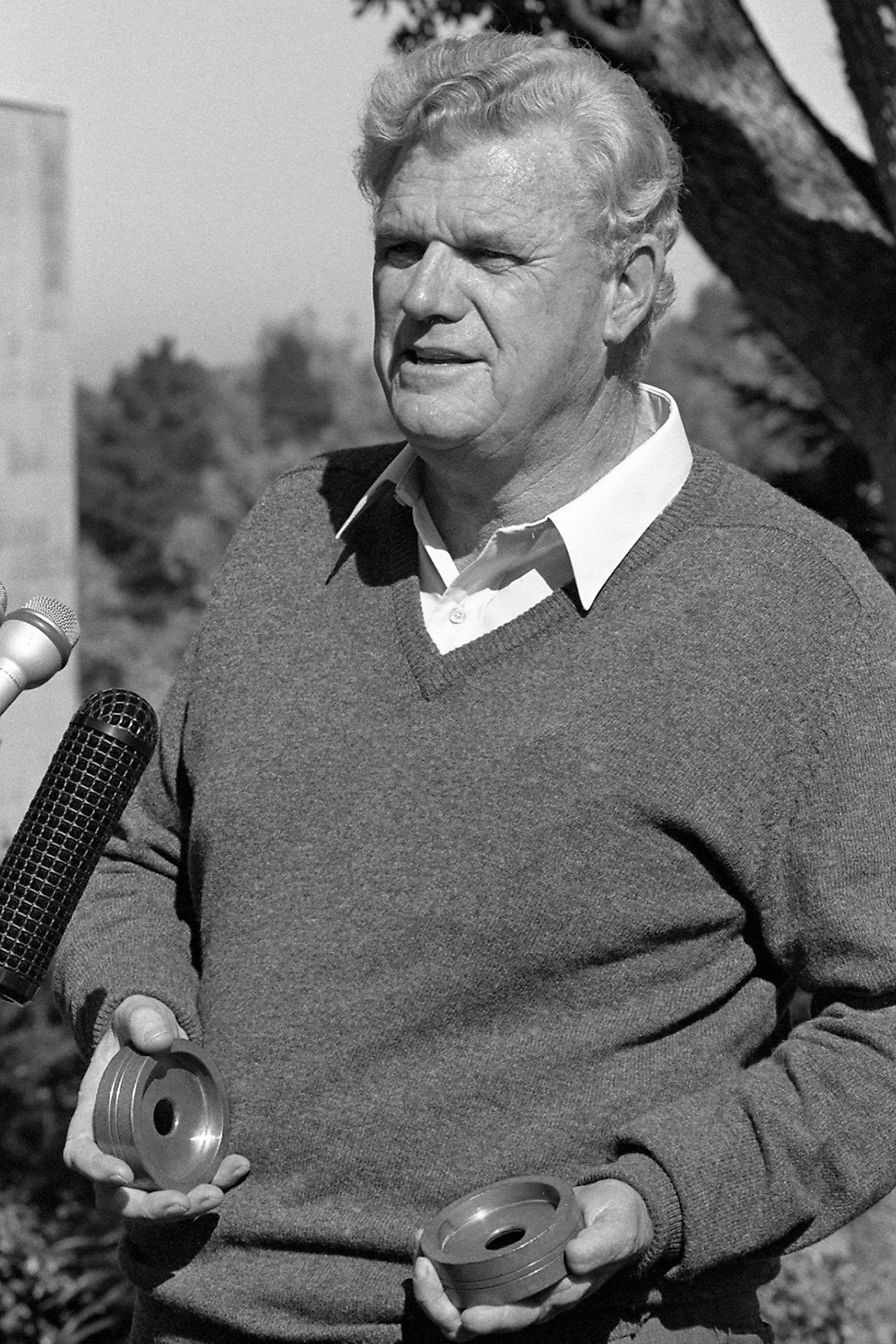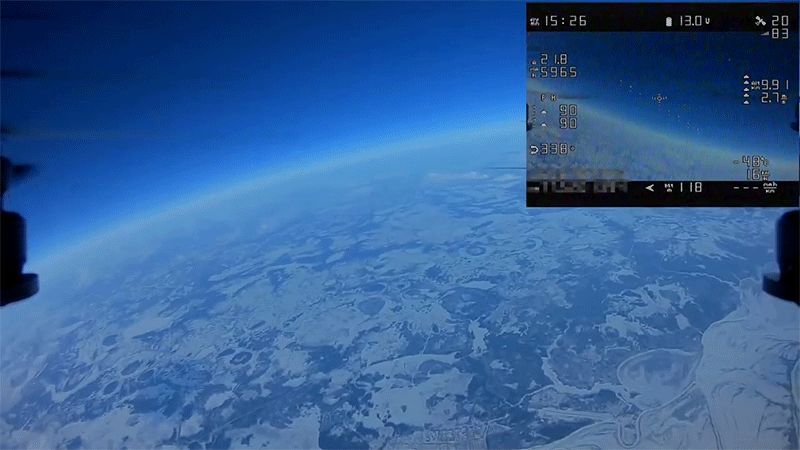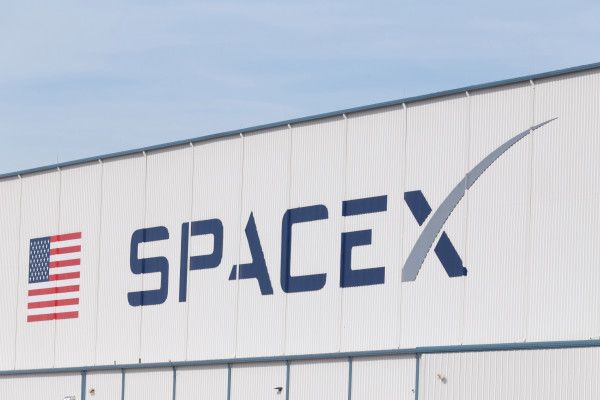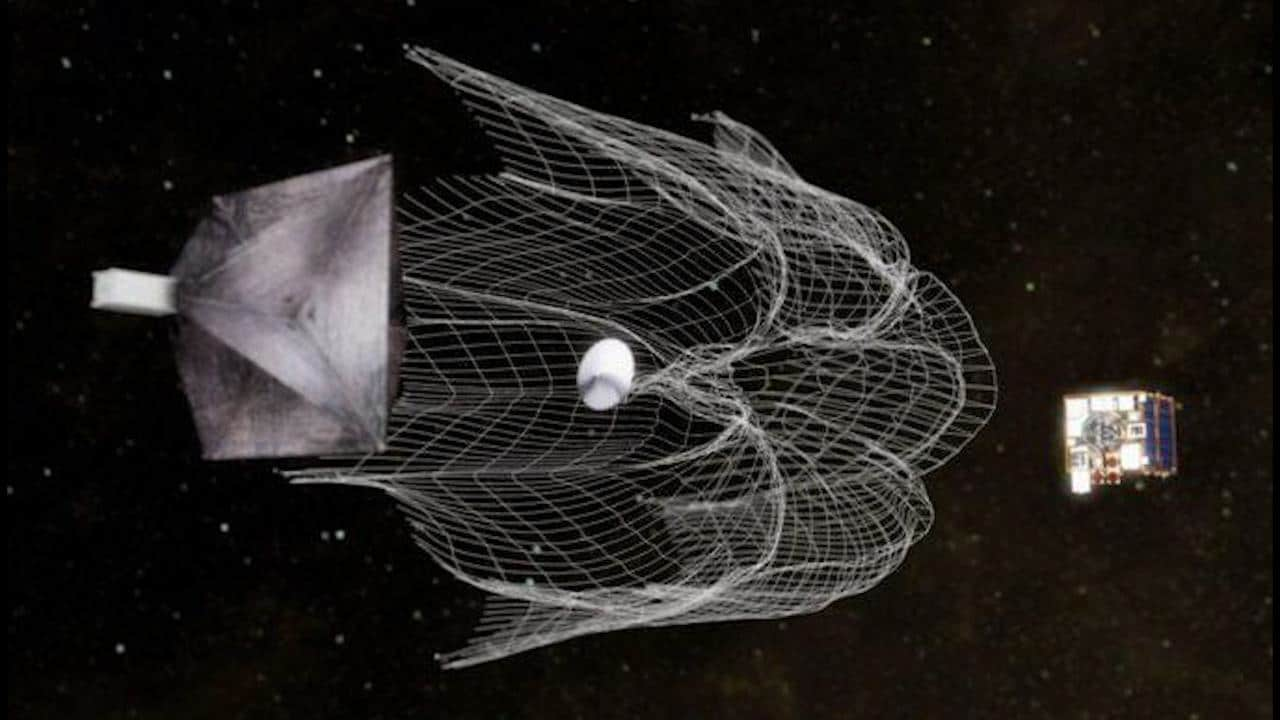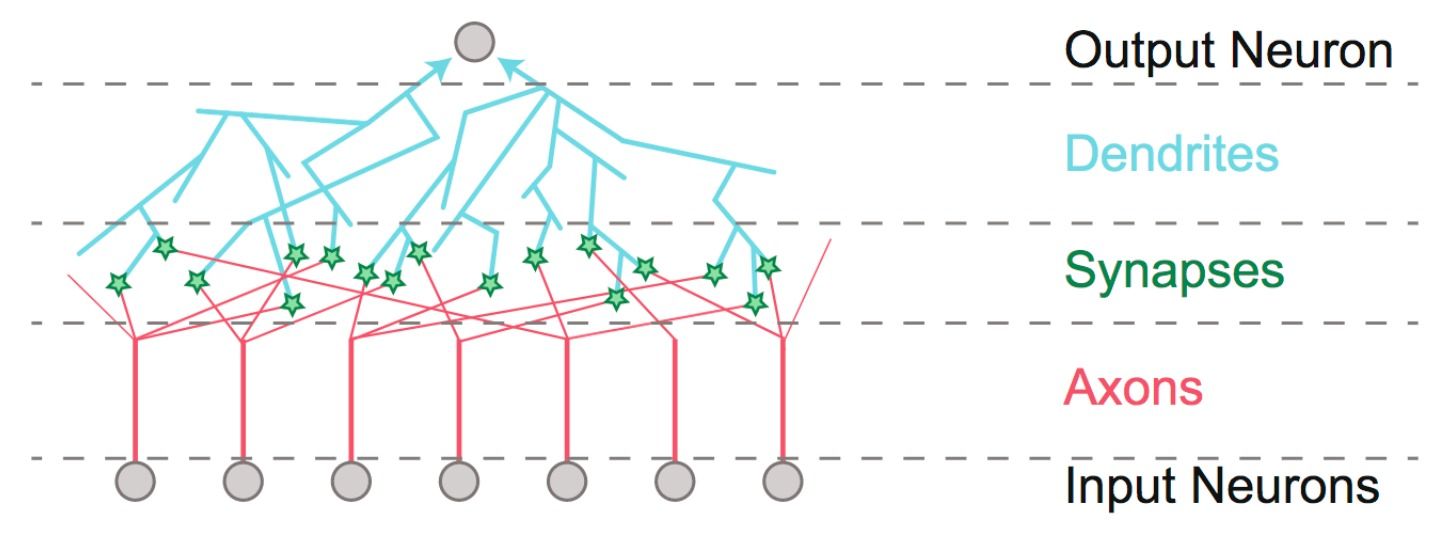Mar 29, 2018
Research enhances performance of Germany’s new fusion device
Posted by Genevieve Klien in categories: nuclear energy, physics
A team of U.S. and German scientists has used a system of large magnetic “trim” coils designed and delivered by the U.S. Department of Energy’s (DOE) Princeton Plasma Physics Laboratory (PPPL) to achieve high performance in the latest round of experiments on the Wendelstein 7-X (W7-X) stellarator. The German machine, the world’s largest and most advanced stellarator, is being used to explore the scientific basis for fusion energy and test the suitability of the stellarator design for future fusion power plants. Such plants would use fusion reactions such as those that power the sun to create an unlimited energy source on Earth.
The new experiments amply demonstrated the ability of the five copper trim coils and their sophisticated control system, whose operation is led on-site by PPPL physicist Samuel Lazerson, to improve the overall performance of the W7-X. “What’s exciting about this is that the trim coils and Sam’s leadership are producing scientific understanding that will help to optimize future stellarators,” said PPPL physicist Hutch Neilson, who oversees the laboratory’s collaboration on the W7-X with the Max Planck Institute of Plasma Physics, which built the machine and now hosts the international team investigating the behavior of plasmas confined in its unique magnetic configuration.
Stellarators are twisty, doughnut-shaped facilities whose configuration contrasts with the smoothly doughnut-shaped facilities called tokamaks that are more widely used. A major advantage of stellarators is their ability to operate continuously with low input power to sustain the plasma without plasma disruptions—a risk that tokamaks face—enabling the facilities to operate efficiently in steady state. A disadvantage is that the twisting stellarator geometry is more complex to design and build.
